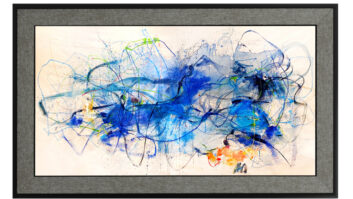TWICE: Will component audio survive only as the hub of a custom installed multiroom audio system, or as the hub of a custom installed home theatre system?
Klipsch: Custom installed multiroom audio systems and home theater rooms are where the growth is, so as we move into the future, I think component audio will become even more dependent on the custom installation channel.
Talmadge: A large part of component-audio growth is driven by the explosive growth of advanced televisions and most definitely the custom channel, so we are targeting feature sets that keep the A/V receiver the hub of a multizone, multisource home entertainment system and optimizing the home theater experience that consumers are demanding.
Audio and video distribution and seamless integration with third-party control systems are seen as keys for component audio in the whole-house audio/video market. Multichannel A/V receivers are currently the center of many distributed-audio systems, due in part to multizone preamp outputs and also because the majority of home theater setups are 5.1 channels. With many A/V receivers employing seven channels of amplification (for Dolby Surround EX, dts ES surround), the extra unused two channels can be made to deliver separate source audio/video to other zones, or to another distributed-audio component.
TWICE: Does the future of the component and system business lie in networked devices that use Ethernet or no-new-wires networking technology to distribute music throughout the house?
Bales: Yes, networked devices will be a large factor in the consumer component and system business. Will traditional audio and CE suppliers leave music networking (via Ethernet and no-new-wires networks) to PC and IT brands? No way. It’s too easy to incorporate, at the minimum, “client” technology into existing components, speakers, systems and TVs. It’s already happening. The HD game console is several years ahead of anyone in this area and, while very popular, we do not believe it will become the primary source device for network entertainment.
Sonos-type devices are popular but do not replace the home theatre “Big System.” We are already seeing a resurgence in audiophile-type two-channel listening in Europe and Asia with Internet music and portable audio connectivity being a key feature. Powerline and Bluetooth technologies are still viable future solutions.
To their credit, PC and IT brands have brought new and exciting “source” technology and business models to the CE industry but will not dominate the Ethernet (music or video) application or product offerings in the future.
Bente: The ability for components to not only deliver outstanding picture and sound quality but to be able to deliver it anywhere in the house and from any source, including the Internet, is without question the future of the component business. We have seen a remarkable uptake in whole-house entertainment solutions, and we will indeed see more.









